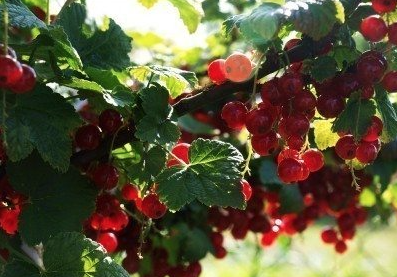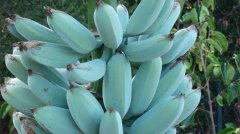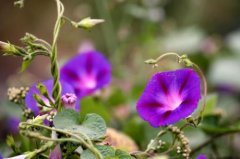What is currant? what nutrients do you have? How to plant currants and how to care for currant shrubs
Ornamental and practical, currants are an excellent choice for family gardens in the northern states. Rich in nutrients and low in fat, no wonder raisins are more popular than ever. Although they are usually used for baking, jams and jellies because they are sour, some types are sweet enough for them to eat in the bushes.
What is currant? Currants are small berries that contain a lot of nutrients. According to the USDA Nutrition Manual, they have more vitamin C, phosphorus and potassium than any other fruit. In addition, they are second only to elderberry fruits with iron and protein content, and their fat content is lower than that of any fruit except nectarines.
Currants are red, pink, white and black. Red and pink are mainly used in jams and jellies because they are very sour. White people are the sweetest and can eat uncontrollably. Dried currants are becoming more and more popular as a snack. Some currant shrubs are attractive enough to be planted on the edge of shrubs or flowers.
How to plant currants? The cultivation of currants is restricted in some areas because they are vulnerable to white pine blister rust, a disease that can damage trees and crops. Local nurseries and agricultural extension agents can help you understand the restrictions in your area. These local resources can also help you choose the varieties that grow best in the region. Disease-resistant varieties are always required.
Currant shrubs can pollinate their own flowers, so you only need to plant one variety to get fruit, but if you plant two different varieties, you will get larger fruit.
Care for gooseberry bushes? Gooseberry bushes live for 12 to 15 years, so it's worth spending time preparing the soil. They require well-drained soil and contain a lot of organic matter with a pH value between 5.5 and 7.0. If your soil is clay or sand, you can use a lot of organic matter before planting, or prepare a raised bed.
Currants grow well in the sun or some shade, and enjoy the shade in the afternoon in warm climates. Gooseberry shrubs prefer the cool conditions of USDA plants in cold-resistant areas 3 to 5. When the temperature exceeds 85 degrees Fahrenheit (29 degrees Celsius), plants may lose their leaves for a long time.
Plant currants grow slightly deeper than they do in nursery containers and separate them by 4 to 5 feet. Water thoroughly after planting and apply 2 to 4 inches of organic mulch around the plant. Mulching helps keep the soil moist and cool and prevents competition from weeds. Additional coverings are added each year to reach the appropriate depth.
Water currant shrubs are used regularly to keep the soil moist from spring to harvest. Plants with insufficient moisture in spring and summer may become moldy. Too much nitrogen can also contribute to disease. In early spring, only a few tablespoons of 10-10-10 fertilizer are given to them every year. Keep the fertilizer 12 inches from the trunk of the shrub. Pruning currant shrubs every year is helpful for plants and for maintaining their shape and inducing larger, healthier harvests every year.

- Prev

What is a blue Java banana? Is there a blue banana? what does the blue banana taste like?
Have you noticed that the bananas common in your grocery store are a little, well, mundane? Blue Java banana (Musa acuminataBlue Java), which grows in many places in Asia, Australia and Hawaii. Because of its wax coating, the immature fruit is green.
- Next

The introduction of morning glory, how to control the number of morning glory, how to eliminate morning glory weeds
Morning glory weeds in the garden can be seen as a nemesis because of their ability to quickly spread and take over the garden area. Or you can release this tension and Zen by enjoying twining vines and lovely soft flowers. Most gardeners want to know things such as
Related
- A course of planting techniques and methods on how to grow carrots
- How to plant the latest tulips?
- Is it better to pick tea in the morning or in the afternoon? When is the best time for tea to be picked? what is the third or fifth tea?
- Launch Yuanxiao Happy combination Haocha + Tea Yuan healthy Taste
- Penghu Tourism "Fireworks 20 Parade with You"
- 2022 West Lake Happiness holds "Digital Revitalization Voucher" and draws iphone13 and laptop.
- Banqiao Fuzhou social houses are designed to change start-up combined with police elimination to create a safe and livable environment
- The convenient measure of "mechanical weeding" in Xinbei has been abused and the Agriculture Bureau has imposed heavy penalties on the illegal land consolidation.
- Changgeng University Joins Hands with Four Memory Factories to Rescue Memory Talent Shortage
- The list of Taiwan's top 100 MVP managers is listed by the Director-General of the Farmers' Association of Sanxia District.

